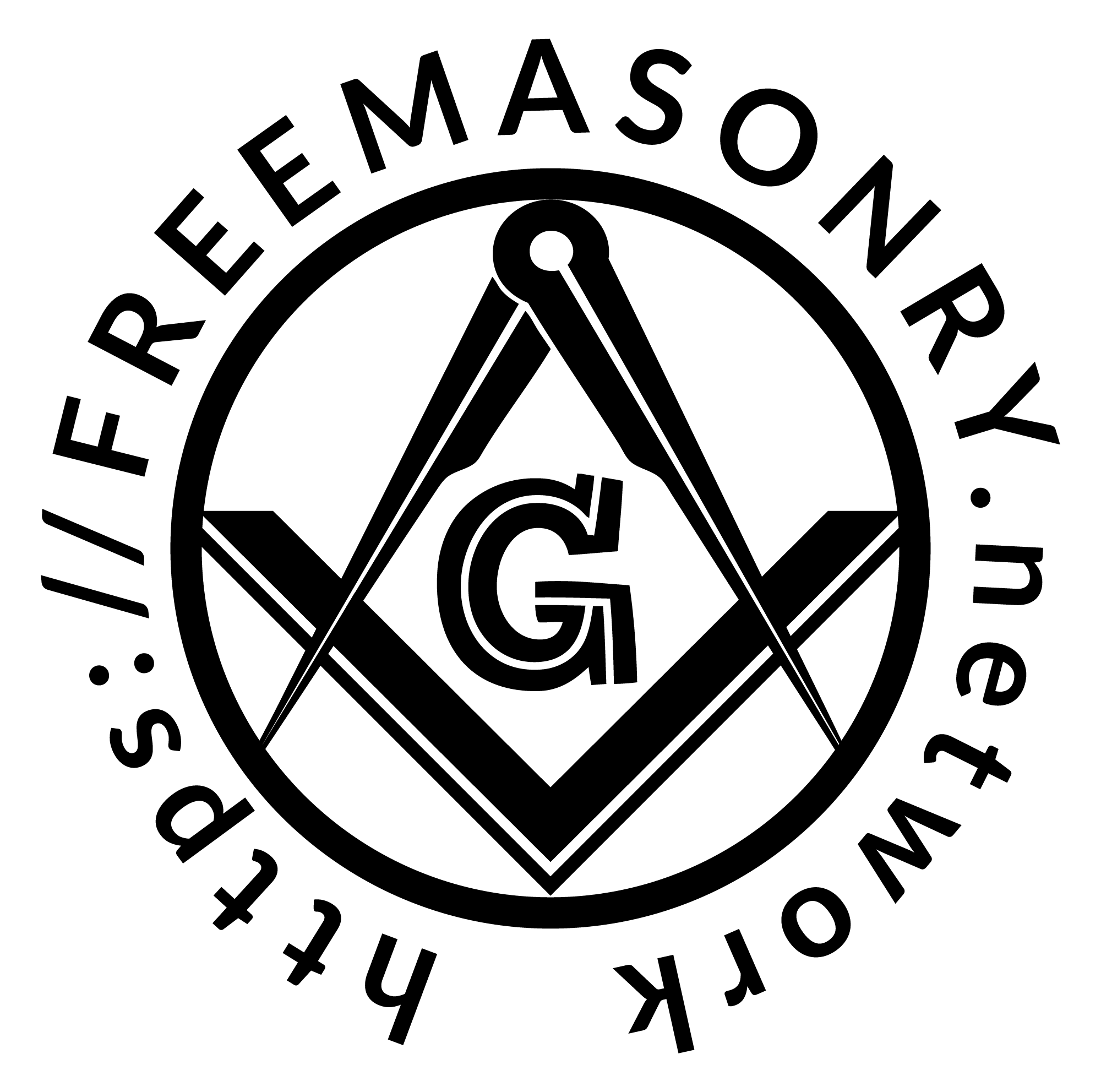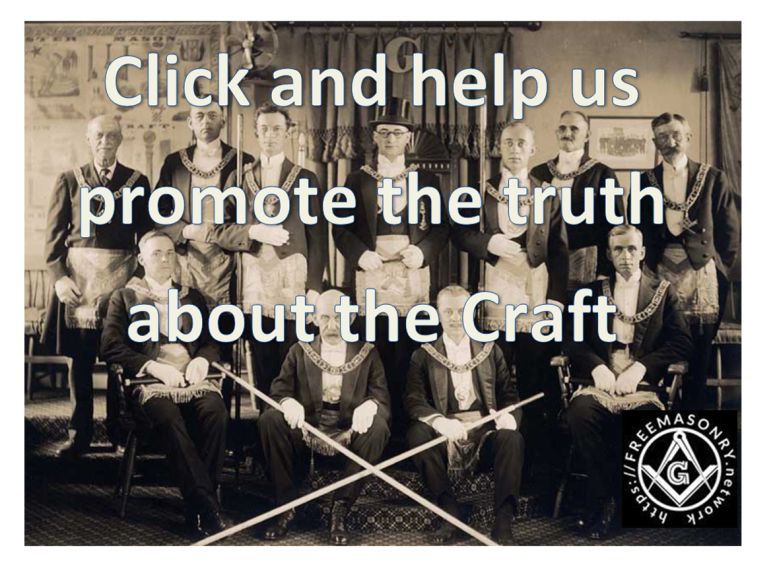During one period of the eighteenth century there existed four Grand Lodges in England:
1. The Grand Lodge of England, located at London.
2. The Grand Lodge of all England, located at York.
3. The Grand Lodge of England according to the Old Institutions.
4. The Grand Lodge of England south of the river Trent.
The last taco organizations had their Grand blast at London
Here we may appropriately insert the significant information (see the Constitution of 1738, page 109):
And after the Rebellion was over, A.D. 1716, the few lodges at London, finding themselves neglected by Sir Christopher Wren, thought fit to cement under a Grand Master, as the Center of Union and Harmony, viz., the Lodges that met
At the Goose and Gridiron Ale-house in St. Pauls Churchyards
At the Crown Ale-house in Parkers Lane near Drury Lane.
At the Apple Tree Tavern in Charles Street, Covent Garden.
At the Rummer and Grapes Tavern in Channel Rosy, Westminster.
They and some old Brothers met at the said Apple Tree, and having put into the chair the oldest Master Mason (now the Master of a Lodge), they constituted a Grand Lodge pro tempore in due form, and forthwith revived the Quarterly Communication of the Officers of Lodges (called the Grand Lodge), resolved to hold the annual Assembly and Feast and then to choose a Grand Master from among themselves till they should have the Honor of a noble Brother at their Head.
Accordingly on St. John Baptist day, in the 3rd year of King George the 1st, A.D., 1717, The Assembly and Feast of the Free and Accepted Masons was held at the for said Goose and Gridiron Alehouse. The Four Old Lodges is also the title of a book by Brother Robert F. Gould, London, 1879, treating of the Bodies founding modern Freemasonry, and of their descendants, the progress of the Craft in England and of the career of every regular Lodge down to the Union of 1813. The first Grand Lodge was formed in 1717. The second Grand Lodge bears date 1725, and emanated from the immemorial Masonic Lodge that gave such reverence to the city of York. The third was established in 1751 by some Irish Freemasons settled in London (see Ancient Masons). And the fourth, whose existence lasted from 1779 to 1789, was instituted by the York Grand Lodge in compliance with the request of members of the Lodge of Antiquity, of London; but its existence was ephemeral, in consequence of the removal of the disturbing cause with the regular Grand Lodge. Recently evidence has been found pointing to the existence in London from 1770 to 1775 of a fifth Grand Lodge, formed by Scotch Freemasons, with some four or five Lodges under its control (see ATS Quatuor Coronatorum xviii, pages 69 to 90).
All subordinate Lodges existing at present, which had their being prior to the Union, in December, 1813, were subjects of either the first or third of the above designated four Grand Lodges, and known respectively as the Moderns or the Ancient, these titles, however, having no recognized force as to the relative antiquity of either.
*
ENGLAND, THE FIRST RECORD OF GRAND LODGE OF
Brother R. F. Gould (History of Freemasonry ii, page 373) furnishes the valuable information that the Minutes of Grand Lodge commence 24th June, 1723, and those bearing such date are signed by “John Theophilus Desaguliers, Deputy Grand Master.” They are entered in a different handwriting, under date of 25th November, 1723, 19th February, 1723/4,28th “April 1724,” and are not sinned at foot. On 24th June, 1724, the Earl of Dalkeith presided in Grand Lodge, and the following signatures are appended to the recorded Minutes thus: Dalkeith, G. M., 1724.
J. T Desaguliers,
G. M. Fra Sorrell, Senr., G. W.
John Senex, Junr.
The Minutes of 21st November, 1724, 17th March, 20th May, 24th June, and 27th November, 1725, are unsigned. But to those of 27th December, 1725, are appended the signatures of Richmond & Lenox, G. M., 1725, M. ffolkes, D. G. M., and two Grand Wardens.
Signatures are again wanting to the proceedings of 28th February and 12th December, 1726, but reappear under date of 27th February 1726,” or 1727, namely:Paisley, G. Mr., 1726, and the next three succeeding officers.
The Minutes of the following 10th May, 1727, were signed by “Inchiquin, G. M., 1727,” and the three officers next in rank.
The earliest Minutes were not signed on confirmation at the next meeting but were verified by the four Grand Officers, or such of them as took part in the proceedings recorded. In consequence of the re-selection of Doctor Desaguliers as Deputy Grand Master, the Minutes say that “the late Grand Master went away from the Hall without any ceremony.”
the source: Mackey’s Encyclopedia of Freemasonry














